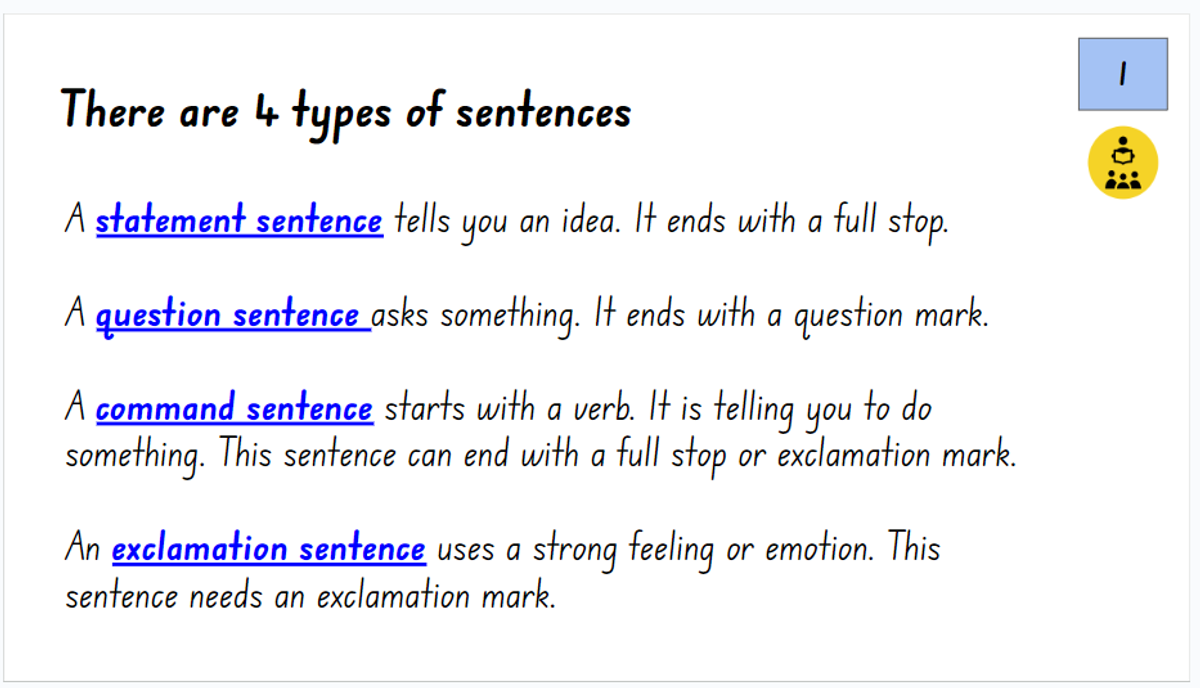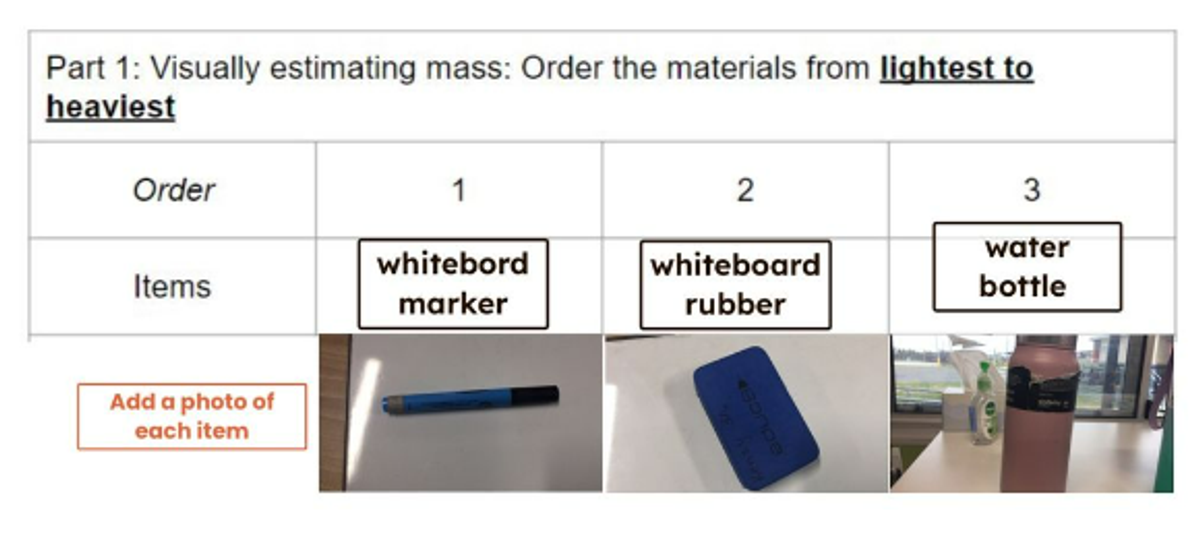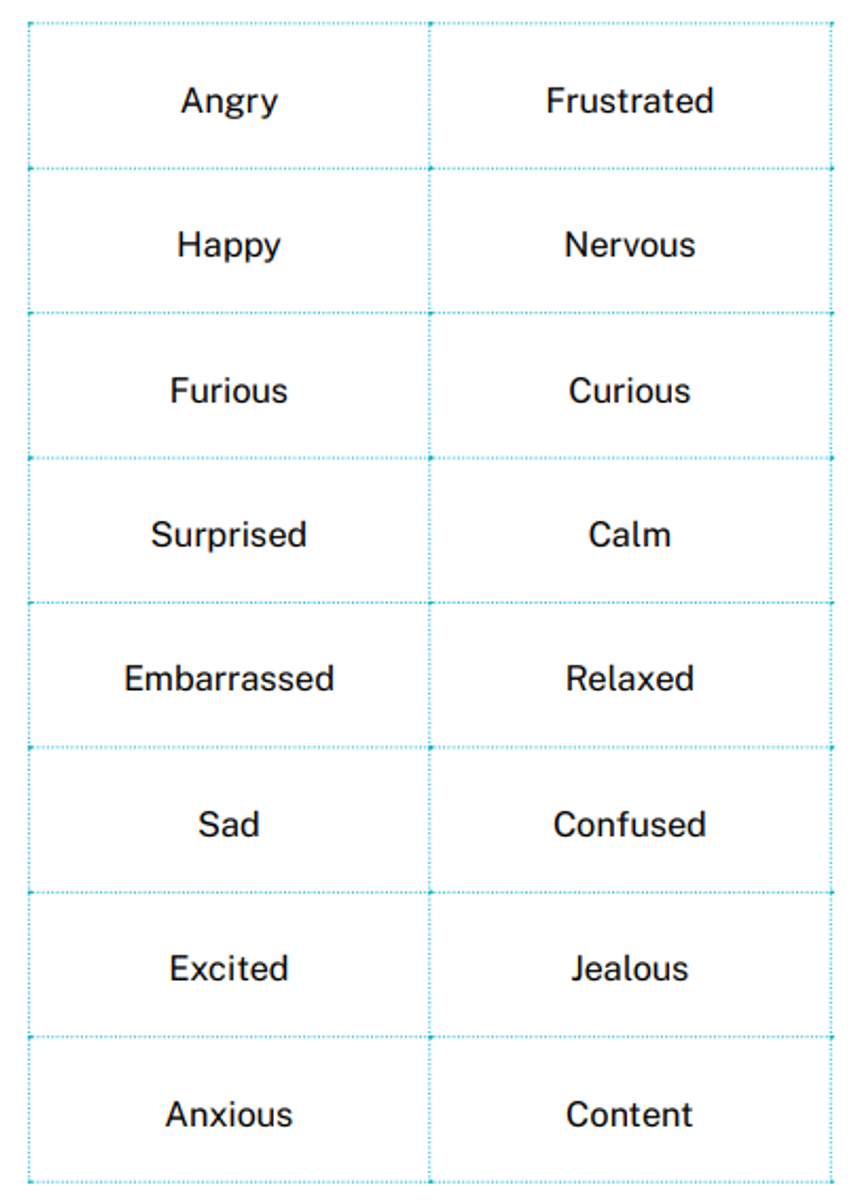Year 3
Ms Sapardanis, Ms Conforto, Ms Crothers, Ms Marshall, Ms Scott & Ms Michetti

Year 3
Ms Sapardanis, Ms Conforto, Ms Crothers, Ms Marshall, Ms Scott & Ms Michetti
In Writing, students have loved learning about the four different sentence types: Statements, Questions, Commands and Exclamations. When we are identifying sentence types, we begin by reading the sentence first. Then, we look at the punctuation at the end of the sentence to help confirm the sentence type. Students know that full stops go at the end of statements, that questions end in a question mark and that exclamations end in an exclamation mark. Commands, which are our 'bossy' sentences, can end in either a full stop or an exclamation mark. Students have been making sure that they have a capital letter at the beginning of their sentences too.
Students have also had the opportunity to write their own sentences using information that they have learnt throughout our History Unit on Ancient Rome. Students will continue learning about Information Reports next week and use different sentence types to support their writing.




Our students have thoroughly enjoyed our History Unit on Ancient Rome and have learnt lots of new and interesting things, so please ask them! Students read about the Roman Empire and how powerful it was back in the day before its downfall. They were introduced to many famous emperors including; Julius Caesar and Caesar Augustus. Students explored ancient Roman buildings such as the Colosseum and learnt about the gladiators that used to fight there. We also read about what it was like to go to school in ancient Rome. Did you know that students used to write on wax tablets with a stylus? We are now looking forward to learning more about the Human Body through our Health Unit!


In Numeracy, students have been learning a range of strategies to solve addition and subtraction sums. We learnt how to use the bar model, where we used our place value knowledge to partition numbers and break them up into smaller parts. To solve larger addition and subtraction sums, we have been learning how to use the vertical algorithm where we line up the numbers according to their place value. We will begin to extend this skill further by using the vertical algorithm with regrouping to solve addition and subtraction sums.
Students have been exploring how to estimate, compare, and order objects based on their mass. Students have learnt how to use and read digital scales to find the mass of an object using grams. Students are also investigating how to compare and order the mass of objects using balance scales.




We have begun to look at collecting and representing different types of data using tables and column graphs. Students have been learning about the features of data and column graphs to accurately represent data collected in class.
This week students have learnt about empathy. We have been working on identifying how others are feeling using facial expressions and body language. Students will learn how to respond to others feelings by asking them how they might help if someone is feeling sad or angry.

